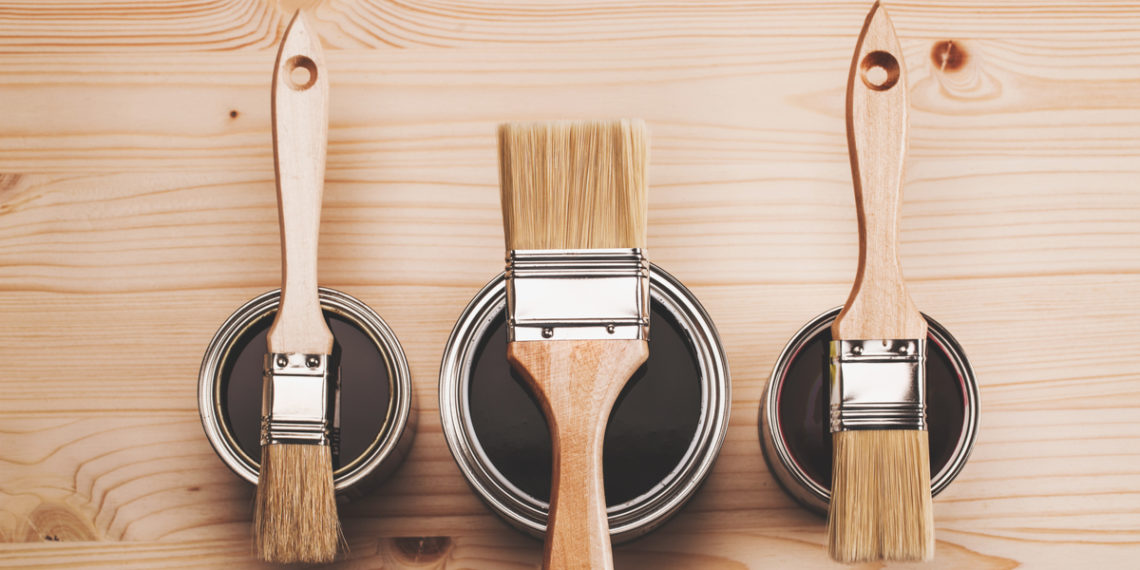Having a piece of wooden furniture at home can somehow be a little tricky. From wooden floors to stairs, furniture made out of wood gives your interiors a great look so your home can appear its best. When wooden furniture is a part of your home, it’s also best to invest in it and provide the best care for them; providing your furniture with ample care and extra protection can have them last longer.
Varnishes and oils are made especially for wooden essentials inside our homes. Apart from them making wood shinier to show an appealing finishing, they are also good at preventing your wooden furniture from pilling and rotting. More so, oils also prevent termite infestation and are sure great to lengthen the span of use for your wooden stuff. Aside from this, it gives you more protection from splinters as it usually happens when the wood starts to peel off its fibers after a certain amount of time.
3 of the most used oils are Tung Oil, Danish Oil, and Boiled Linseed Oil. However, each one of them varies from the other and possesses certain unique properties. With this, which is the best among them?
Characteristics
Tung Oil
Tung oil is a premium woodcare for anything wooden inside and outside your homes. Tung oil is resistant to water, alcohol, and food acids making it great to be put anywhere in your home. Tung oil creates a waterproof finish and also gives your wooden furniture more depth and provides a matte coating. It is sustainable for wood as it does darken, mould, or go rancid.
Danish Oil
On another view, Danish Oil is a mixture of oil, varnish, and thinner. This mixture allows Danish oil to dry easily and makes it great to soak in the wood better for stronger and efficient protection. Danish oil is also resistant to hot water and scratches, and you can even add pigments for a glossier and more colourful look for the wood. However, you can still have it the way it is, so the original look of the wood will still be maintained. While it’s a mixture of 3 ingredients, Danish Oil gives a beautiful finish and adds outer defence to the wood which makes homeowners like it. It’s also a good oil for first-timers.
Boiled Linseed Oil
Furthermore, Boiled Linseed Oil is also a great choice for the wooden areas in your home. Boiled Linseed Oil saturates the wood deeply instead of just coating the wood outside, and an effective wood treatment for scratch protection and changes in humidity. Linseed Oil is also a way to be able to enhance the colours of the wood even more while bringing depth and texture to wood grain. What’s more interesting is that Linseed Oil can also be used for metals to avoid rust!
So out of Tung Oil vs Danish Oil vs Boiled Linseed Oil, what’s the best?
When you can’t seem to think of what to use, it’s good to know the pros and cons of the oils first before purchasing. Tung Oil has its varieties, but it may be best to buy the raw Tung Oil so it can dry faster. Other variations of Tung oil can somehow be time-consuming to use as it would often take days to dry before you can coat another layer to the wood. In contrast, Linseed Oil may dry faster but it does not provide a harder finish than that of Tung Oil. While Linseed Oil can penetrate the wood faster, it is not more resistant to water than Tung Oil.
Yet, Danish Oil is difficult to define. Wide variations of brands have different compositions of Danish Oils however, Danish Oil is most probably mixes of thinners, varnish, and even both Tung and Linseed oil can be paired with it. More so, it is more likely to be less effective than Tung Oil as it does not last long. Still, it is best to remember to purchase Danish Oil with a combination of both Tung and Linseed oil, so you can achieve the best look while providing the most efficient protection for your wooden objects at home.
Nevertheless, if you want that long-lasting preservation of wood, Tung Oil is probably the best. It may take a lot of time and effort to apply, but it’s definitely worth the try for a stronger outdoor cover outside and better wood preservation on the inside; just take a lot of patience into it and you’ll never regret having it done. But if you’re still not skilled enough to use it, then it may be best to try Danish Oil first; you just have to maintain applying it again and again as it does not usually last long.


